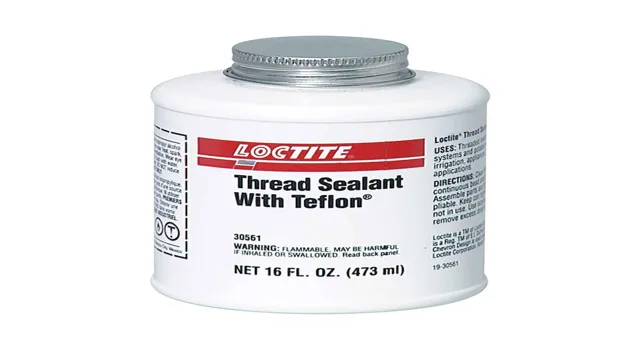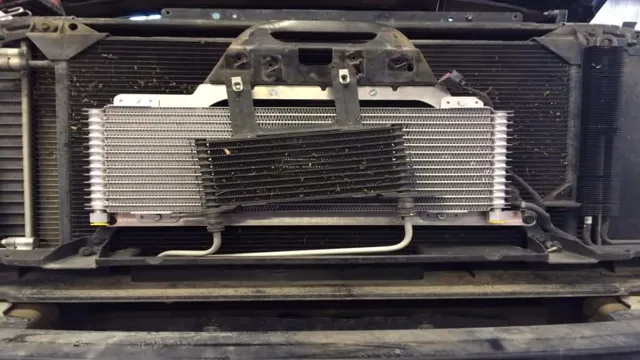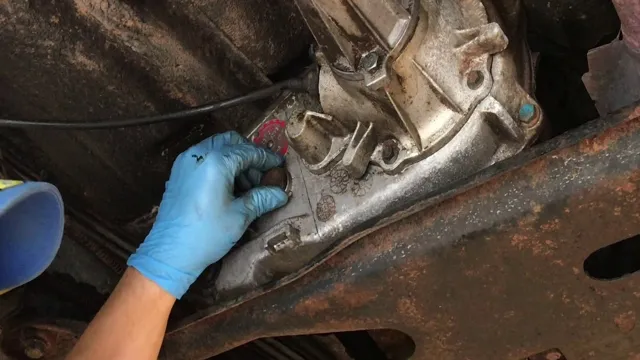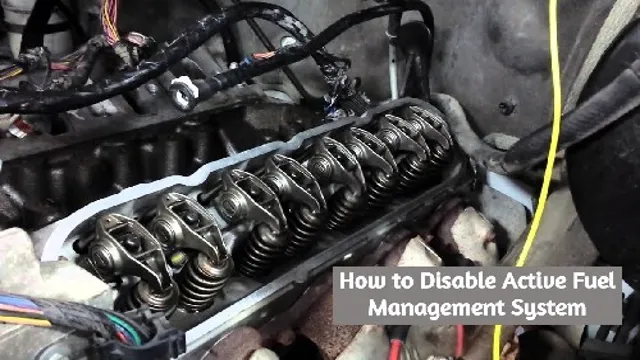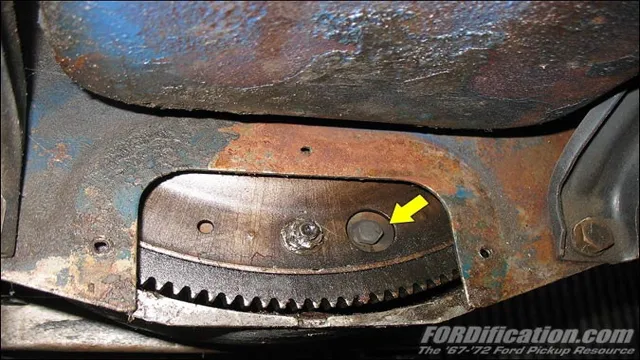Say Goodbye to Stubborn Seals: A Complete Guide on How to Dissolve Thread Sealant
Dealing with stubborn thread sealant can be quite a challenge for many handy folks out there. Sure, you can always give it your all and spend a good chunk of your weekend trying to scrape it off with brute force, but there is an easier way. That’s right, folks, you can dissolve it! Now, you might be wondering how to go about doing that.
Well, that’s where we come in. In this how-to guide, we’ll take you through all the steps and tips you need to dissolve thread sealant with ease. So, put your gloves on, grab some safety goggles, and let’s get started!
Understanding Thread Sealant
If you want to dissolve thread sealant, it’s important to understand what it is and how it works. Thread sealant, also known as threadlocker, is a type of adhesive that is used to secure threaded connections and prevent leaks or loosening. It comes in different strengths and formulas depending on the application, and some types may be more difficult to remove than others.
To dissolve thread sealant, you can use a solvent that is specifically formulated for that purpose, such as acetone or a specialized threadlocker remover. It’s important to follow the instructions carefully and use protective equipment as necessary, as some solvents can be flammable or harmful to skin and eyes. With the right approach, you can safely and effectively remove thread sealant and ensure that your threaded connections remain secure and leak-free.
Types of Thread Sealant
Thread sealant is an essential item in any plumbing or piping work that involves threaded connections. There are different types of thread sealant available in the market, and each works in a unique way to ensure leak-free connections. The paste sealant is the most common type of sealant used for piping and plumbing works, and it works by filling the small gaps and crevices between threads.
Another common type is the tape sealant, which is ideal for small diameter pipes and fittings. It works by wrapping the tape around the threaded end, and when tightened, it creates a tight seal between the threads to prevent leakage. Liquid sealants, on the other hand, are commonly used for high-pressure applications since they provide a more reliable seal than tape or paste sealant.
It is important to understand the different types of thread sealant available and choose the appropriate one depending on the application and thread size to ensure a leak-free connection.
Importance of Removing Thread Sealant
Thread sealant is an essential tool that ensures a leak-free, secure connection between pipes or fittings. It’s a paste-like substance that’s applied to the threads of the fitting before it’s screwed onto the pipe. While thread sealant is vital in preventing leaks, it’s equally important to remove any excess sealant from the pipe or fitting upon installation.
Failure to remove the excess sealant can cause issues such as restricted flow, blockages, and buildup of debris inside the piping system. When left unchecked, it can cause the fitting and pipe to break, which can result in significant damage and costly repairs. Therefore, it’s crucial to make sure that you remove all excess sealant to prevent any potential damage to your piping system.
So, always remember to clean up the residue after using the thread sealant to ensure the efficient operation of your pipeline system.
Dissolving Thread Sealant
If you’re dealing with thread sealant that just won’t budge, it can be frustrating trying to find a way to dissolve it. Fortunately, there are a few methods you can try depending on the type of sealant you’re dealing with. For water-based thread sealants, hot water or a mixture of hot water and dish soap can often do the trick.
Apply the solution to the affected area and let it sit for a few minutes before attempting to remove the sealant. For oil-based sealants, you can try using solvents like acetone or mineral spirits, but be cautious as these can damage some types of piping materials. It’s best to test a small, inconspicuous area first before using solvents on a larger scale.
Whatever method you choose, make sure to take precautions like wearing gloves, ensuring proper ventilation, and following recommended safety guidelines for the products you’re using.
Using Heat to Dissolve Thread Sealant
Thread Sealant Dissolving Using Heat You’re finishing up a plumbing job or fixing a leak, but those pesky thread sealant residues refuse to budge. What do you do? Well, before you start yanking, tugging, or scraping, try using a little heat. Heating the threaded area can help dissolve thread sealant and ease the removal process.
Using a heat gun or hair dryer, apply heat to the affected area for at least a minute or two. The heat breaks down the sealant, making it easier to remove with pliers or wrenches. Remember to wear gloves and use caution when handling heated tools, especially if you’re working with plastic pipes or fittings that can melt or deform.
With a little heat and some elbow grease, you can dissolve those pesky thread sealant residues and get your plumbing job done in no time.
Using Chemical Solvents to Remove Thread Sealant
Thread sealant can be a real pain to remove, but using chemical solvents can make the process much easier. These solvents work by dissolving the sealant, making it easy to wipe away. However, it is important to choose the right solvent for the job.
Some solvents can damage certain surfaces or even be dangerous to use. When selecting a solvent, be sure to read the label carefully and follow all safety precautions. It is also important to use the solvent in a well-ventilated area and wear protective gloves and eyewear.
With the right solvent and proper safety measures, you can say goodbye to stubborn thread sealant and hello to a clean, leak-free surface.
Mechanical Removal of Thread Sealant
When it comes to removing thread sealant from mechanical parts, simply dissolving the sealant could be the best option. Dissolving thread sealant is a quick and easy method that requires minimal effort. Generally, there are two types of dissolving agents – solvent-based and water-based.
While solvent-based agents are more efficient, they may not be safe for all types of materials. Water-based agents, on the other hand, are safe for most materials and do the job well. Before using any dissolving agent, it is essential to ensure that the material is compatible.
To use a dissolving agent, the first step is to clean the mechanical part thoroughly with soap and water to remove all dirt and debris. Next, apply the dissolving agent generously to the thread sealant and wait for it to soften. After a few minutes, the thread sealant will become soft and rubbery, which makes it easy to remove.
Use a scraper or a brush to wipe away the softened sealant gently. Do not use excessive force as it can damage the material. Finally, rinse the part thoroughly with water to remove any remaining residue.
Overall, dissolving thread sealant is an efficient, safe, and quick method that saves time and effort.
Preventing Future Issues
If you want to prevent issues with thread sealant in the future, there are a few things you can do. First, be sure to choose the right type of sealant for your application. Make sure you understand the properties of the sealant you’re using and how it will react with the materials it will be applied to.
Second, take the time to properly clean and prepare the surfaces you’ll be sealing. This will help ensure a tight, leak-free seal. Finally, if you do need to remove thread sealant, be sure to follow the manufacturer’s instructions carefully.
Different types of sealant may require different methods of removal, so be sure you know what you’re working with before you begin. If you’re wondering how to dissolve thread sealant specifically, there are a few options available, such as using chemical solvents or heat. However, it’s important to use these methods carefully and with caution, as they can potentially damage the surfaces you’re working with.
Always be sure to take necessary safety measures, such as wearing gloves and protective eyewear, and work in a well-ventilated area.
Preventative Measures to Avoid Using Thread Sealant
If you want to avoid using thread sealant whenever possible, there are some preventative measures you can take. One important step is to ensure that the threads of the pipes or fittings you are using are clean and free of any debris. Even a small amount of dirt or grease can interfere with the integrity of the seals, leading to leaks that may require a sealant to remedy.
Additionally, you can use high-quality pipes and fittings that are designed to maintain their seal without the need for additional sealants. Using the right installation techniques, such as tightening connections properly and using appropriate torque values, can also help prevent the need for sealants down the line. By taking these steps, you can help ensure a secure and reliable plumbing system that is less likely to develop leaks or other issues.
Using the Correct Type of Thread Sealant
When it comes to plumbing, using the correct type of thread sealant can be the difference between a smooth-running system and a headache of leaks and repairs. Of course, there are a variety of sealants out there, each suited to different materials and applications. For instance, some sealants work better on metal pipes, while others are better suited to plastic or rubber.
It’s important to choose the right type of sealant based on the surfaces you’re working with, as well as the temperature and pressure conditions the system will be subjected to. By doing so, you’ll prevent future issues like leaks, corrosion, and damage to your plumbing. So take the time to do your research and choose a quality thread sealant to get the job done right the first time.
Your plumbing and your wallet will thank you!
Final Thoughts
If you find yourself needing to dissolve thread sealant, there are a few different methods you can try. One option is to use a solvent specifically designed for this purpose, such as acetone or a specialized sealant remover. However, it’s important to take the necessary safety precautions when working with these chemicals, as they can be hazardous if not used correctly.
Another option is to apply heat to the sealant using a heat gun or a hair dryer set to a high temperature. This can help loosen the sealant and make it easier to remove. It’s important to use caution when working with heat, however, as it can be dangerous if not used correctly.
No matter which method you choose, be sure to thoroughly clean the area once the sealant has been removed to ensure a proper seal when you apply new sealant. With a bit of patience and caution, you can safely and effectively dissolve thread sealant when needed.
Conclusion
In conclusion, dissolving thread sealant is a process that requires patience and precision. It’s not as simple as just pouring a solvent on it and calling it a day. You need to understand the type of sealant you’re dealing with and choose the appropriate solvent to dissolve it.
And remember, just because something is sealed doesn’t mean it’s permanent. With the right tools and knowledge, you can always undo what has been done. It’s like that ex who thought they could seal the deal and win your heart forever, but with a little solvent called time, you can dissolve that seal and move on to better things.
Cheers to never being permanently sealed!”
FAQs
What is thread sealant and why is it used?
Thread sealant is a type of adhesive that is used to form a barrier between threaded connections. It helps prevent leaks and ensures a tight seal between the parts.
How do I know which type of thread sealant to use?
The type of thread sealant you need depends on the application and the materials you are working with. Some sealants are designed for specific materials or temperatures. Be sure to read the label carefully and choose the right product for your needs.
Can I remove thread sealant once it has been applied?
Yes, but it can be difficult. Some types of sealant can be dissolved using solvents or heat, while others may need to be mechanically removed. Follow the manufacturer’s instructions carefully and use caution to avoid damaging the parts.
What are some tips for applying thread sealant?
Make sure the threads are clean and dry before applying the sealant. Use a small amount of sealant and spread it evenly on the threads. Be careful not to over-tighten the connections, as this can cause the sealant to fail.

